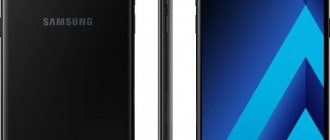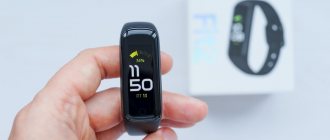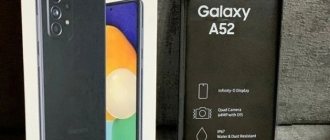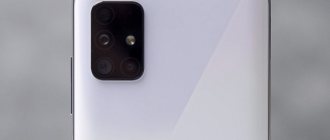Performance
The Samsung Galaxy J7 (2017) is powered by the Exynos 7870 chipset, which, while incredibly power efficient, is the same as last year's model. We'd certainly like to see the more powerful Exynos 7880 found in the Galaxy A5 (2017).
While the 7870 processor features 8 Cortex-A53 cores clocked at 1.6 GHz, its Mali-T830MP2 graphics chip is disappointing. This dual-core GPU was ideal for the 720p screen on the J7 (2016), but the move to FullHD in the new model clearly affected performance, and not in the best way.
AnTuTu 6
So, let's go through the hardware of the Samsung Galaxy J7 (2017) with some benchmarks.
In single-core testing, the Cortex-A53 J7 (2017) scores about the same as other mid-range processors, but is inferior to the A72 core of the Helio X20 chip. We get, in principle, the expected results. GeekBench 4: Single-Core Test GeekBench 4: Multi-Core Test
The good news is that the legacy chip is pretty well optimized. Despite the low test scores, the Galaxy J7 (2017) handles games well. Yes, sometimes there are lags, especially in 3D games, but almost every game performs well at minimum graphics settings. Of course, arcade games work better, and the user interface does not freeze at all.
Finally, thanks to the 14nm process technology, the Exynos 7870 operates stably and the smartphone does not overheat even during prolonged use.
There is a lot of memory. Firstly, 3 GB of RAM, which is enough for good multitasking. Secondly, 16 or 32 GB depending on the version of permanent memory. Let's add to this a separate tray for microSD, which will help expand the storage capacity quite well.
operating system
Like the company's latest flagship, all new Samsung products immediately receive Android Nougat. The Galaxy J7 (2017) interface has been moved from the S8, which was released in the spring of this year. The shell is nice and quite comfortable; there are a lot of settings that will help turn your smartphone into an ideal device for work. The Always On Display function has appeared, as on the company’s top solutions. The function displays the time and some other information on the off screen, while consuming a minimum of energy. Considering that the Korean giant cares about its image, you can confidently count on frequent updates to the Samsung Galaxy J7 (2017) and, of course, receiving the upcoming version of Android, which should appear in August.
Communications
The Samsung Galaxy J7 (2017) is available in single and dual SIM variants, giving the buyer some flexibility in their choice. LTE supports Cat.6, providing speeds up to 300 Mbps.
Samsung has enhanced the J7 (2017)'s connectivity options over the 2016 model by adding Wi-Fiac support. The interface operates in the 2.4 GHz and 5.0 GHz bands. There are GPS with A-GPS, GLONASS and Beidou; Bluetooth v.4.1 and FM radio. NFC is also “on board” with a dedicated menu of options in settings.
The remaining specifications include a microUSB port and a 3.5mm jack. The microUSB port can be used to connect peripherals as it supports OTG. What's really missing is USB-C.
Display
Like most recent Samsungs, the Galaxy J7 (2017) has a Super AMOLED screen. It's upgraded from the (2016) model, presented at a higher resolution of 1080p and therefore offers adequate (if not flagship) 401ppi density. The screen of the Galaxy J7 (2017), as expected from Super AMOLED, has high contrast. The display is quite bright (348 nits). Samsung has introduced several display modes available for user customization. The display of the Galaxy J7 (2017) is great for use in bright sunlight - its contrast ratio is quite high. The screen of the new product will certainly not disappoint, but rather, on the contrary, will surprise you with its quality and brightness.











